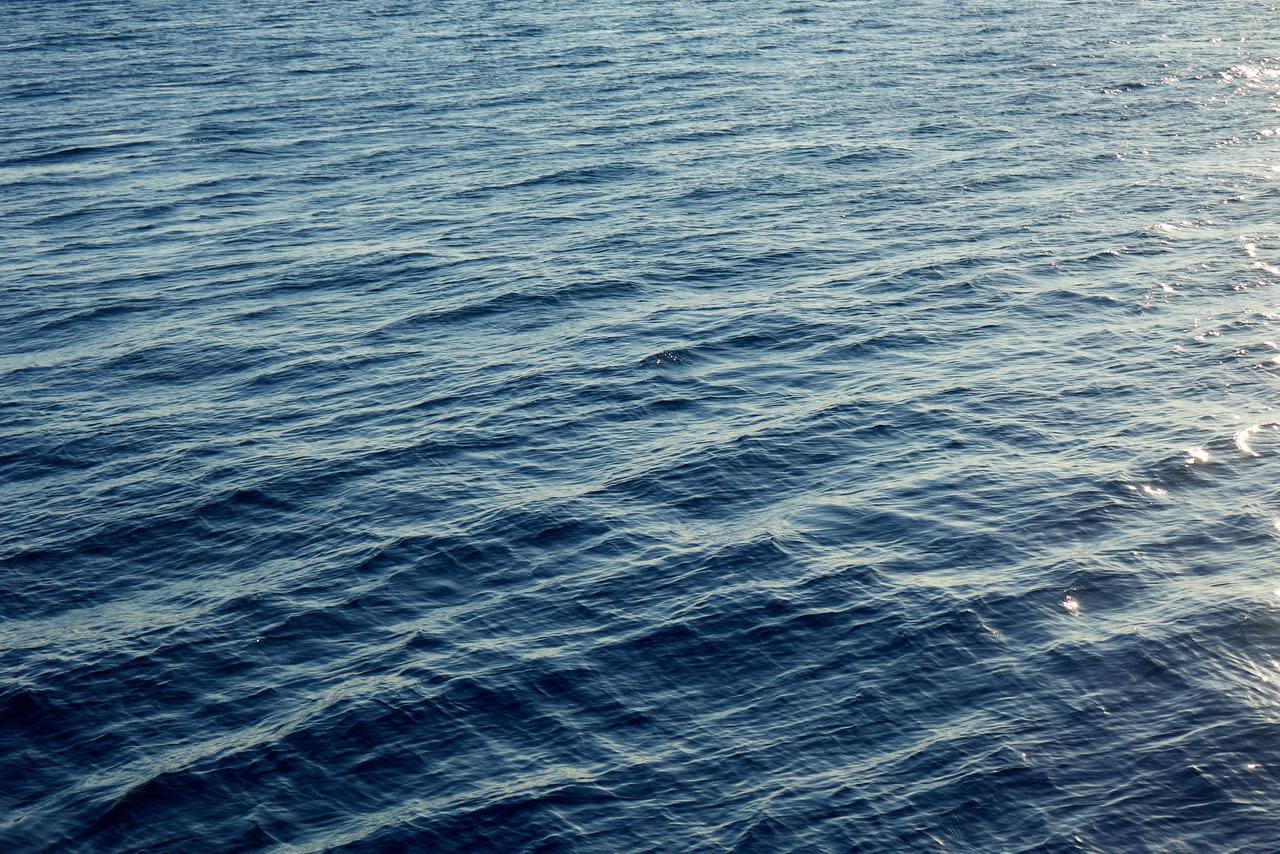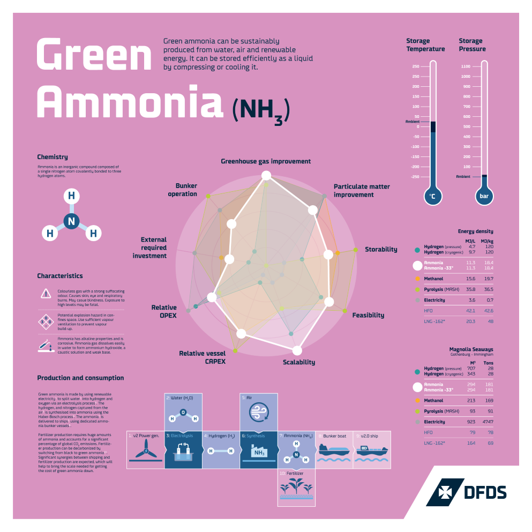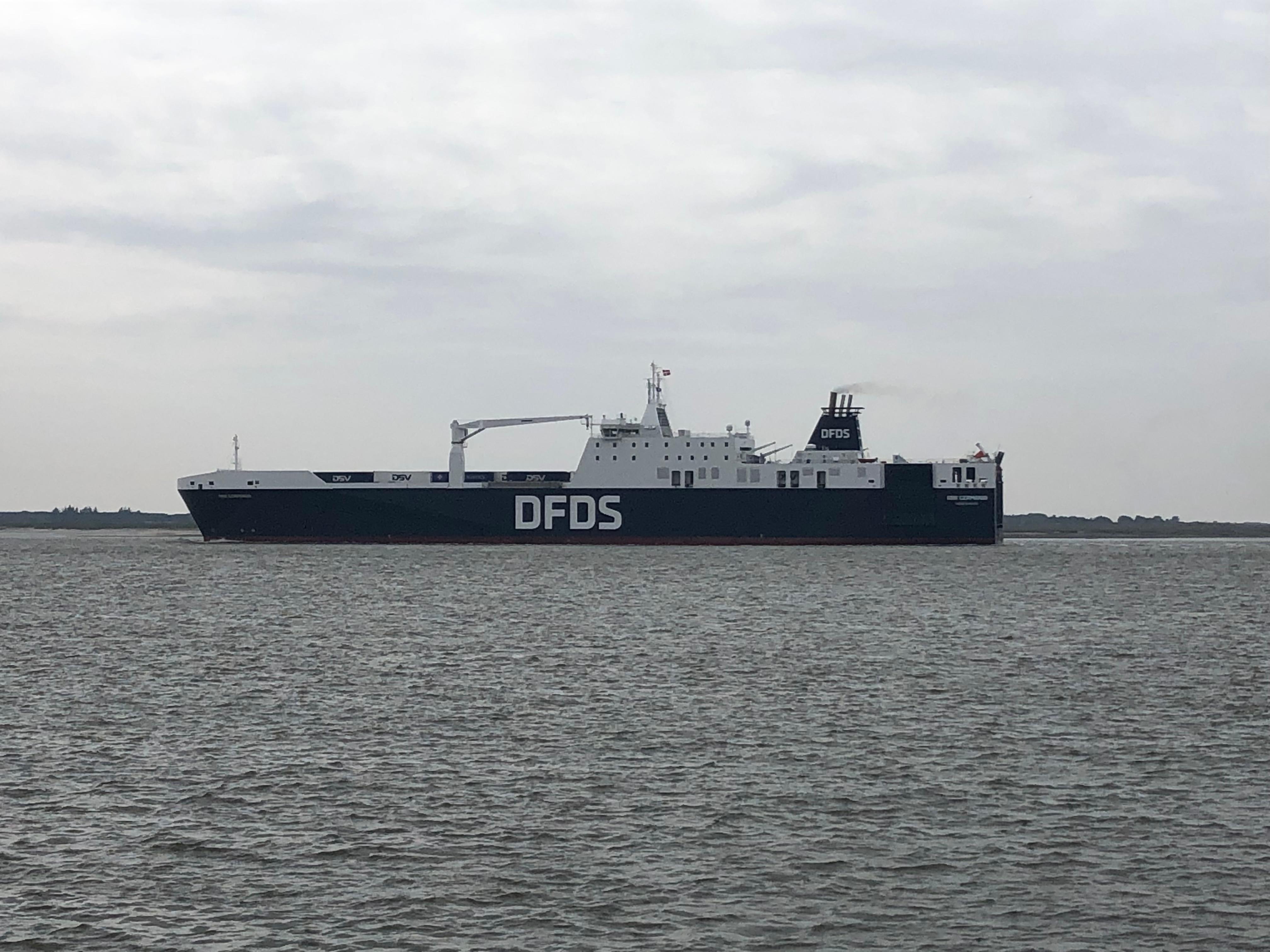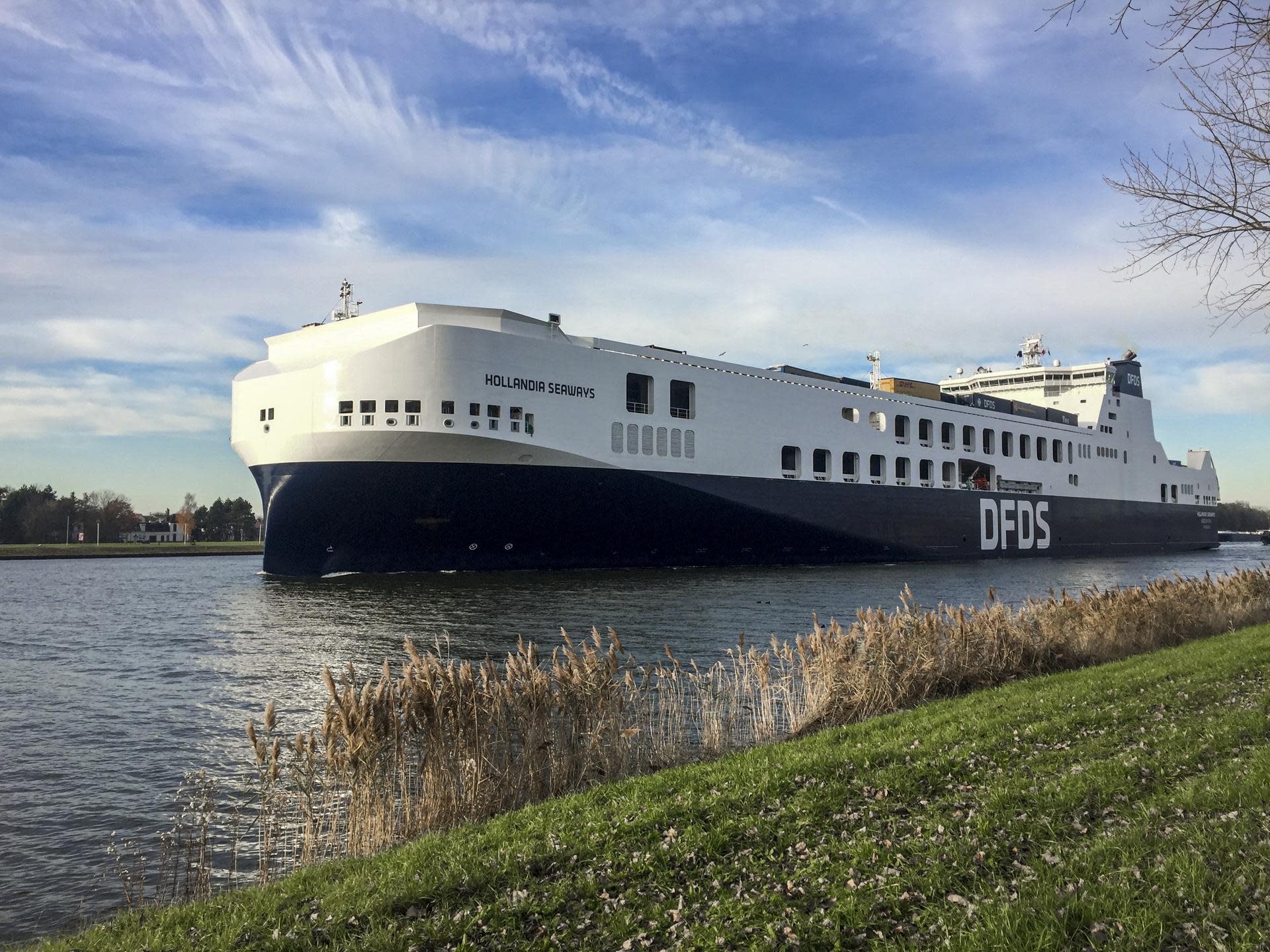
Green ammonia

Ammonia is one potential fuel type we are investigating. It can be sustainably produced from water, air and renewable energy and stored efficiently as a liquid by compressing or cooling it. The shipping industry is familiar with ammonia, as many shipping companies sail with it as cargo today. There are official guidelines for its transport, and we know how to handle and store it safely as cargo.
Green ammonia is an ideal replacement for fuel oil used on ferries because it is produced by a 100% renewable and carbon-free process. It can be converted into electricity in a solid oxide fuel cell with only water and nitrogen as a by-product.
Benefits
- We know how it works, and there is a firm belief in the industry that we will be able to get the necessary rules and regulations in place for its use
- Ammonia is an efficient fuel and takes up less space than hydrogen
- Advanced testing is underway, and some industries see the potential in ammonia – this could bring the price down
Black ammonia is already available in many key ports globally, small gas carriers (LPG vessels) could be converted into bunker boats. This enables the potential fast creation of a global ammonia bunker infrastructure. In the beginning, some ammonia would be black or blue - the latter means its CO2 is captured and stored in depleted oil fields. Ship engines and fuel cells are colour blind when it comes to future fuels, so global coverage could be enabled by black/blue ammonia, and as the production of green hydrogen increases, shipping could move from black/blue to green ammonia.
Disadvantages
- Toxic, but humans can smell it before it reaches dangerous levels. Requires post-treatment of exhaust gasses if burned in combustion engines. This is a known technology. No post-treatment is needed if ammonia is converted into electricity in a fuel cell, in which there is great future potential because a fuel cell gets more energy out of the fuel than combustion engines do: The same ship would need less of the expensive fuel if it had fuels cells instead of combustion engines onboard
- Ammonia could potentially harm sea life if it were to be spilt into the ocean. Great care must be taken to ensure that it is safe to “use"
- The price of ammonia is still very high, making it difficult to consider using it on a commercial scale – at least for the time being
How we are investigating green ammonia as a fuel source

Piloting sustainable solutions on a test vessel
We are upgrading one of our vessels to become a large-scale sailing test lab for fuel cells and innovative technologies, together with partners in the maritime industry.
Establishing new forms of bunkering ships at sea
The ZEEDS (Zero Emission Energy Distribution at Sea) partnership works to set up new forms of energy production and distribution to vessels at sea to reduce the need for docking and enable faster, greener, more efficient shipping. The partnership envisions that the infrastructure of the future is composed of fuel hubs set up next to offshore wind turbines.

A green ammonia production facility in Esbjerg
We have partnered with Arla, Maersk, Danish Crown, Copenhagen Infrastructure Partners, and DLG in Power-to-Ammonia, a new alternative fuel project in Esbjerg on the west coast of Denmark. The facility is expected to be operational in 2026.


